The issuance of Scott #3 marked an early recognition by postal authorities of the growing interest in stamp collecting. During this period, the hobby of philately was gaining momentum, and collectors sought earlier stamps that were becoming scarce. By reissuing Scott #1 as Scott #3, the postal service provided collectors with an opportunity to obtain a version of this historically significant stamp.
This move was one of the earliest instances of a postal administration acknowledging and catering to the interests of philatelists. It signaled a burgeoning relationship between postal authorities and stamp collectors, a dynamic that would continue to evolve and influence stamp production in subsequent years.
Design & Print
The stamp was produced by the Bureau Of Engraving & Printing, a different firm from the one that printed the earlier Scott #1 and Scott #2. The purpose of Scott #3, however, was distinct from its predecessor. It was not intended for regular postal use but rather for collectors who had begun to value stamps for their historical and aesthetic qualities.
It is documented that 4,779 copies were issued. The stamp was issued without gum.
Postal Usage
The purpose of Scott #3 was distinct from its predecessor. It was not intended for regular postal use but rather for collectors who had begun to value stamps for their historical and aesthetic qualities.
There are some examples of genuine postal usage from the period, however values of such are not currently publicized. Therefore, this issue is generally expected to be in unused condition.
Identification
Identifying Scott #3 involves noting its similarities to and differences from the original Scott #1. While it shares the same design and denomination, there are subtle variations in the design that distinguish the reissue from the original.
Scott #3 vs Scott #1
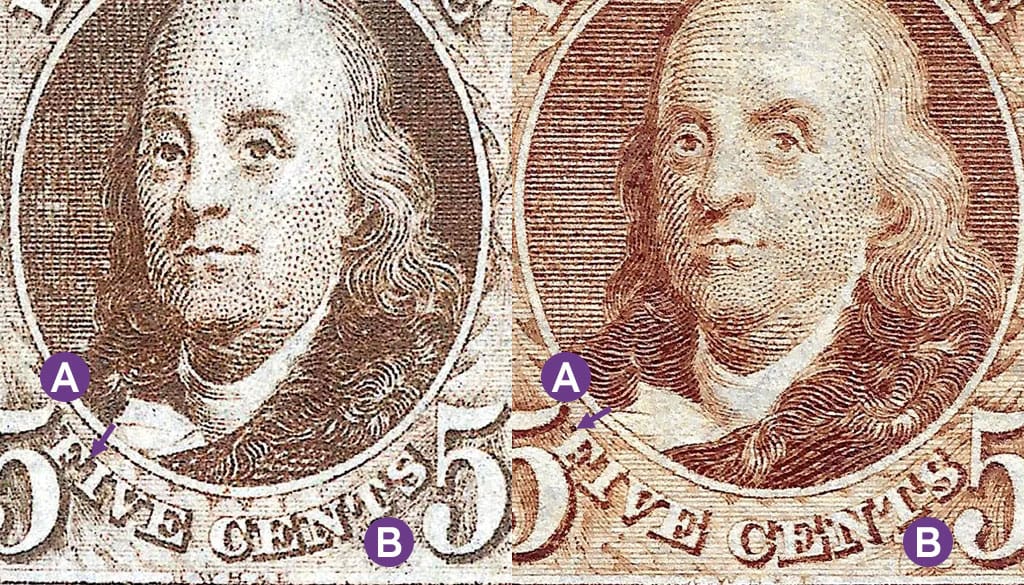
A. On Scott #1 the tip of the white frill of Franklin’s neck tie points to the right side of the “F” in “FIVE CENTS”, whereas it points to the left side of the “F” on Scott #3.
B. The bottom of the “N” in “CENTS” is blunt on Scott #1, whereas it comes to a sharp point on Scott #3.
The reissue of Scott #1 as Scott #3 is an example of how postal history and philatelic interest intersect. This stamp serves as an early recognition of stamp collecting as a legitimate hobby and the willingness of postal authorities to engage with this emerging community of philatelists.
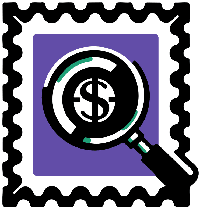
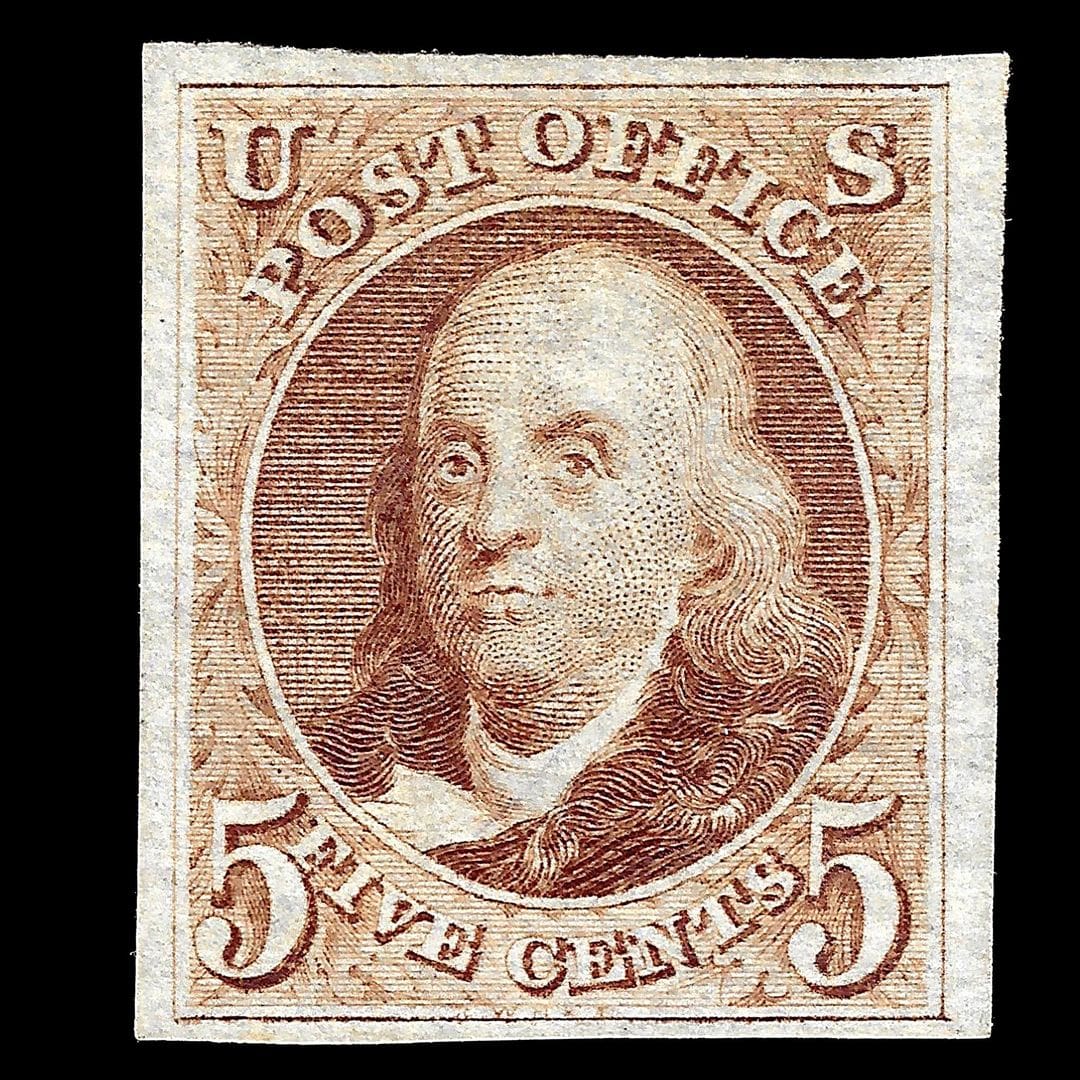

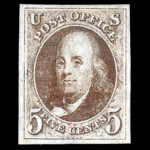
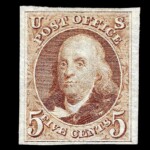
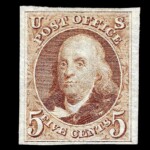
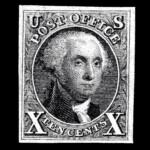

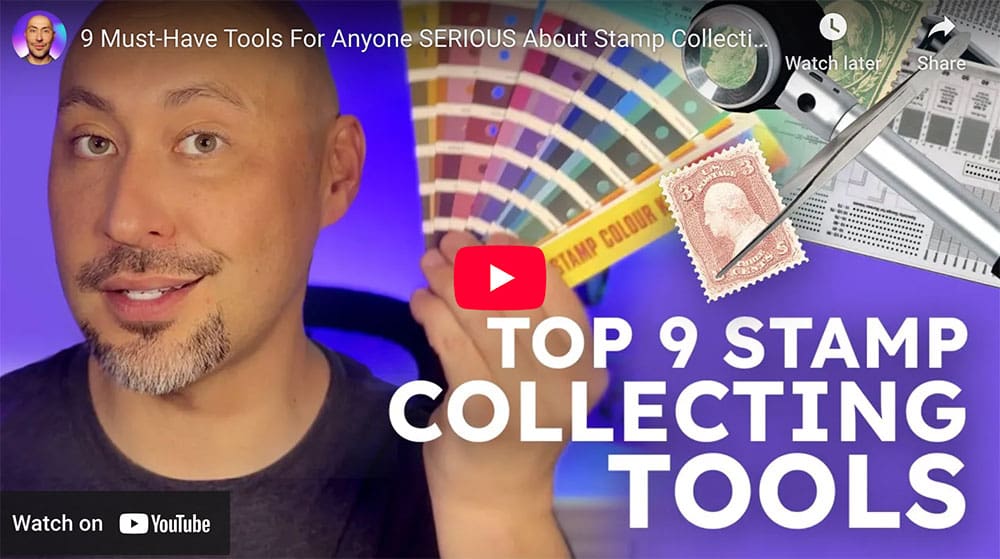
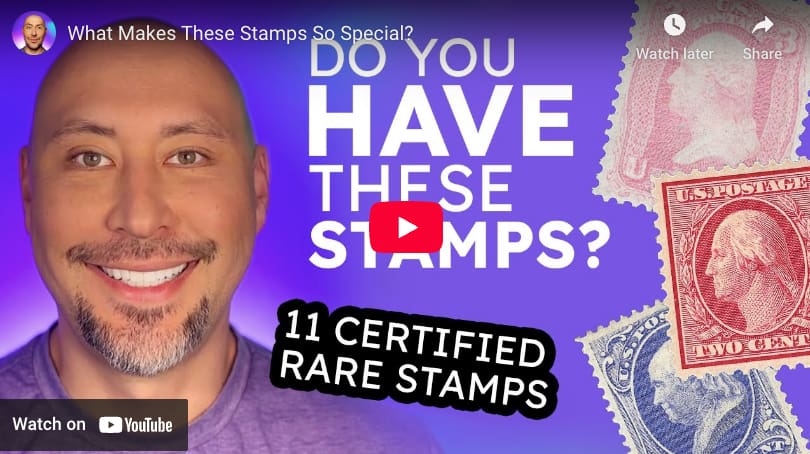
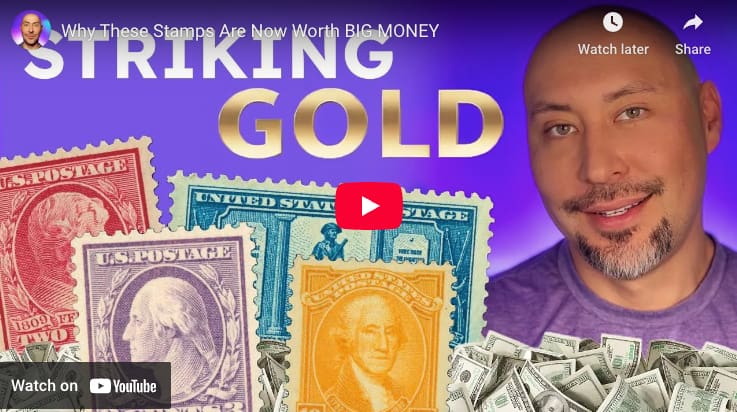
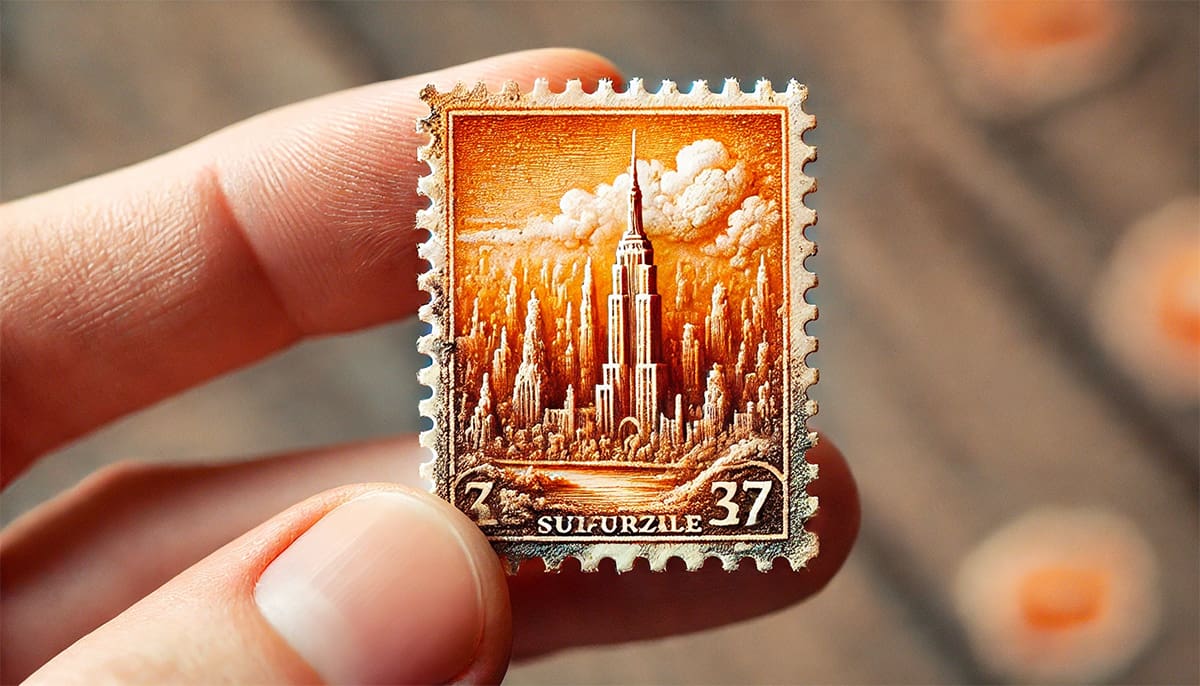

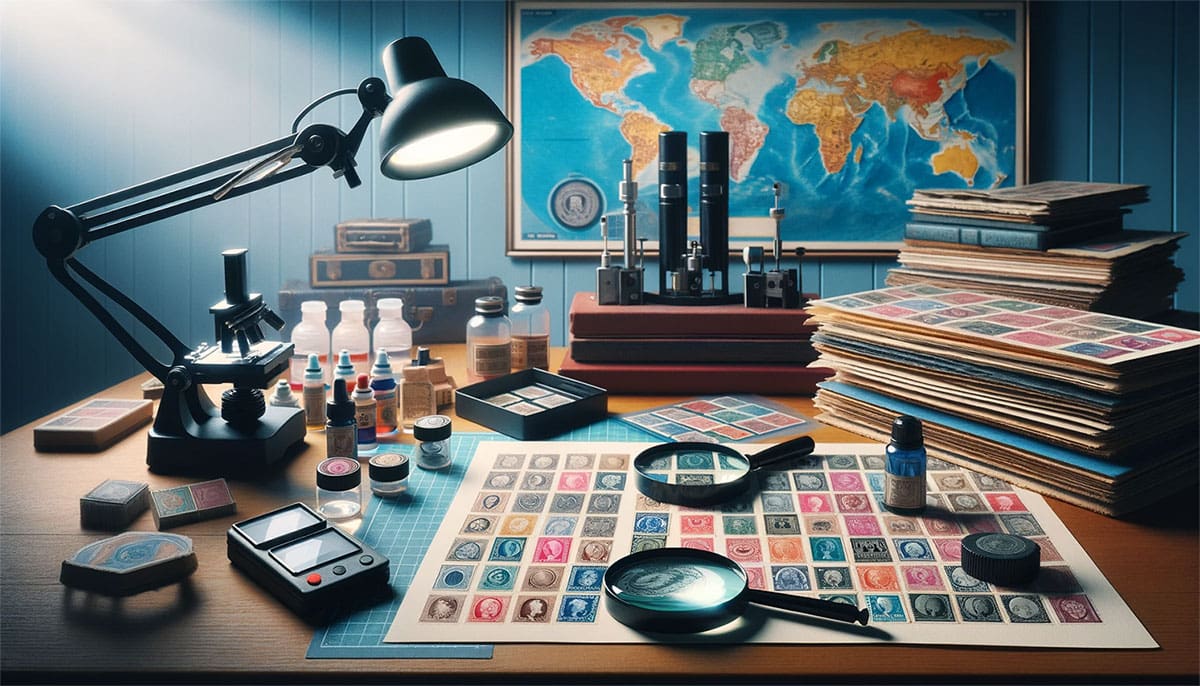
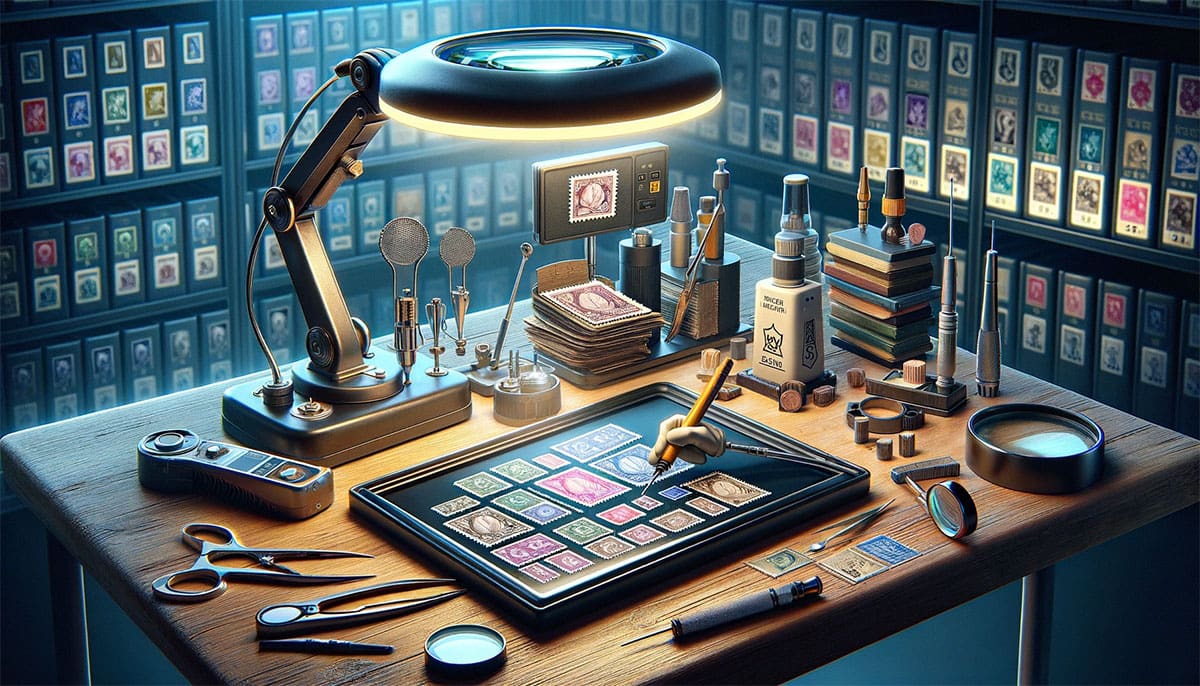

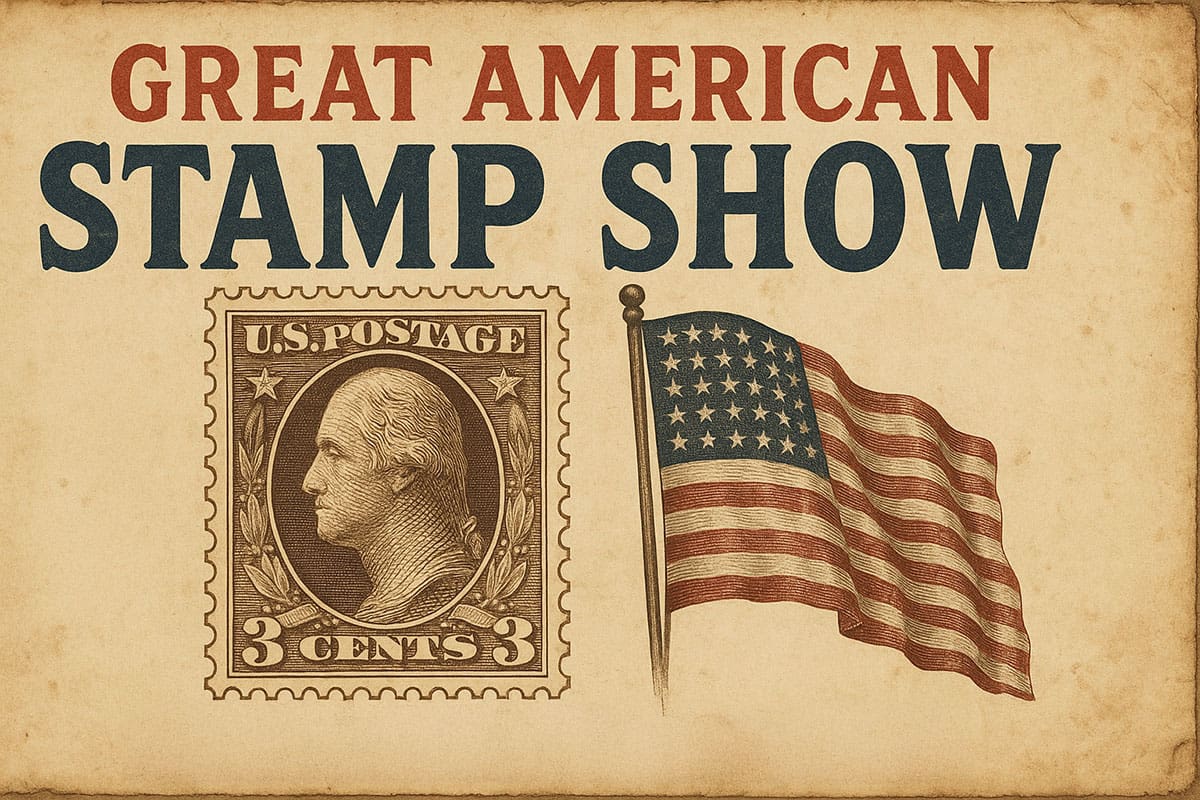


Ask A Question Or Leave A Comment